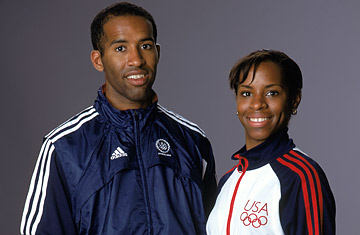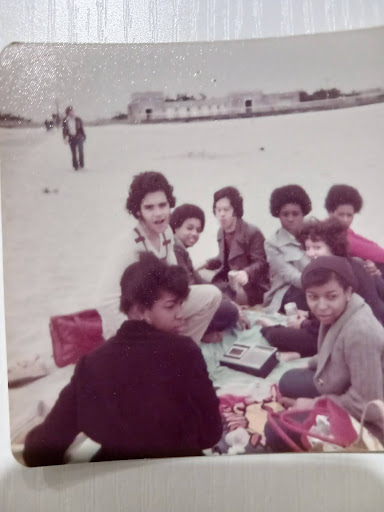In the 2024-25 school year, Brooklyn Tech opened its Astronomy and Astrophysics class to students beyond the Physics major. The elective was introduced to current juniors and seniors, regardless of major, last school year.
Astrophysics and Astronomy covers the historical development of observational astronomy, exploring both traditional and modern techniques. The class delves into theories of the formation and evolution of stars, planets, and galaxies.
Mr. Gerraputa, who has taught the class for five years, describes it as a chance for students to learn how to explore the “celestial heavens” in an engaging, hands-on way.
“The course morphs every year,” he explained. “We like to take a more unorthodox approach to learning. The class is more hands-on over note-taking, slideshows, and lectures.”
This year, Mr. Gerraputa aims to offer more astronomy projects tailored to his non-Physics major students who have more freedom to explore beyond the content.

Mr. Brickman, a physics teacher who is teaching Astronomy and Astrophysics for the first time this year, explained that students have been learning about “constellations and the different measurements to find the moon” and focusing “a lot on the introductory, getting our feet on the ground.”
Raisa Ishrat (‘26), a Biological Sciences major, who was introduced to the class by her sophomore year chemistry teacher, Mr. Richman, shared that she “chose to apply because it seemed fun.” Ishrat noted that the class “is very vocabulary heavy”, explaining that the need to memorize so much vocabulary made the class more difficult.
Beatrix Madell (‘26), a Physics major taking the class, added that the class “requires a lot of science and math skills” and she would not recommend it to those who lack confidence in those subjects.
Mr. Gerraputa, who teaches Ishrat and Beatrix’s Astronomy class, agreed that the class can be difficult at times. Even after five years of teaching the course, he sometimes finds himself needing to review many of the concepts. However, regardless of the difficulties of the class, he believes students can develop a passion for the subject which often becomes one of the most engaging and fun classes in their schedules.
Beatrix believes that even if she was not required to take the class, it “would have been the [class] that [she] was most interested in.” She also noted that most students who take Astronomy and Astrophysics as an elective, view it as a “more relaxing class.” With 16 students in Mr. Gerraputa’s section, a close-knit community has formed within the elective. Ishrat expressed that she felt like she “could just go up to the teacher and ask him for help.”

Ishrat encourages students who are “willing to try new things” to consider the course. Beatrix recommended the class to students interested in science, adding, “it’s a pretty tangible science, so it’s really fun, and it’s also a science that people come into contact with every day.”
Mr. Brickman observed that the class is little known among students, reflected in the mere two sections. Still, he recommends the class to everyone.
“(A) it’s cool,” he insisted. “(B) the more people who show interest, the more sections we can have. And I think it is just an intrinsically exciting topic. If you like space stuff, I imagine you have a kernel in your heart of interest in this. It’s a fun elective. Give it a try!”








































